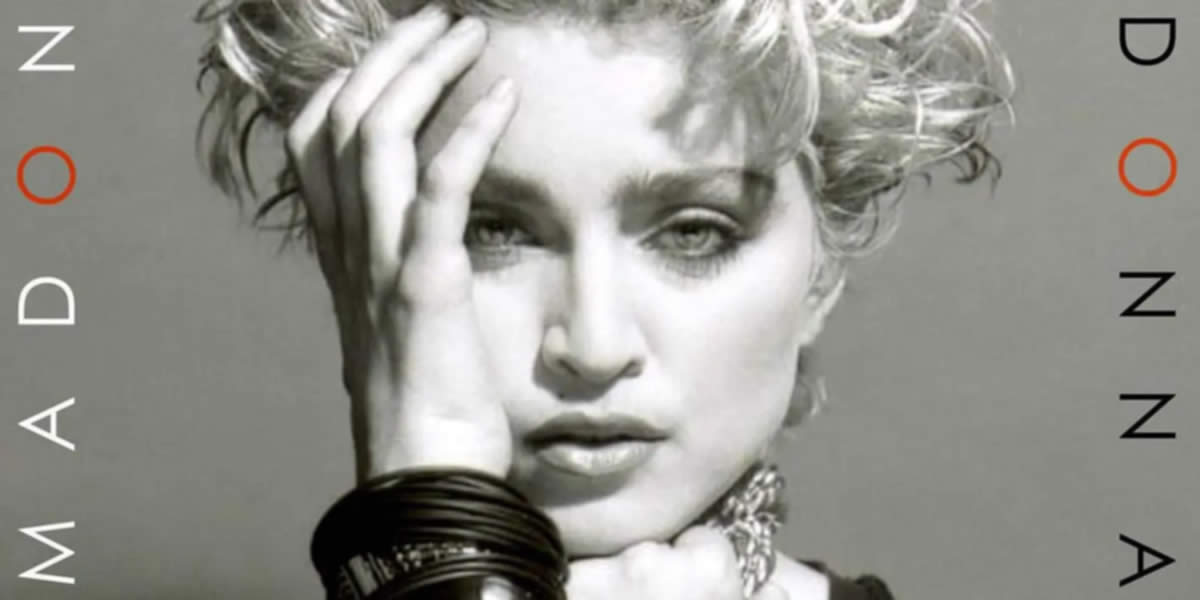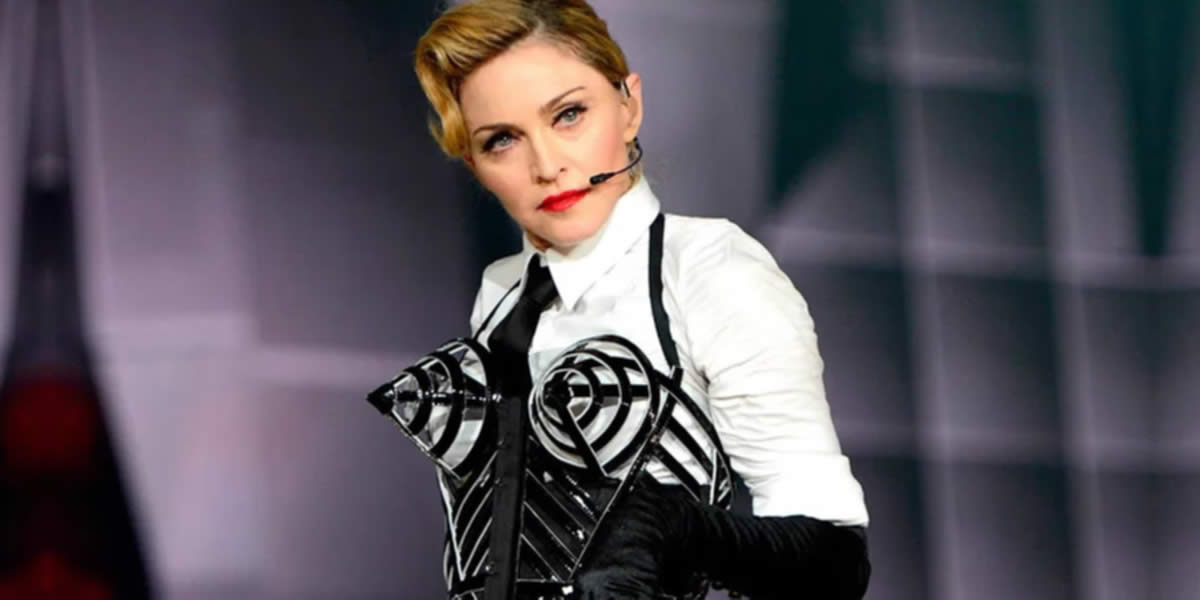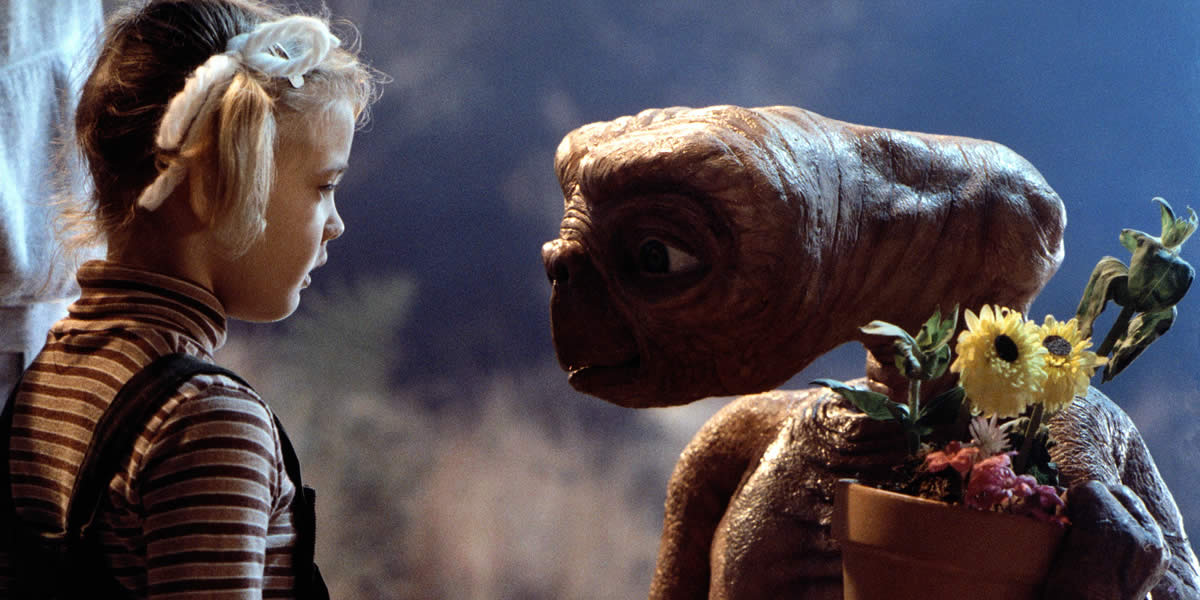Madonna was the defining icon of 80s pop culture thanks to her unique combination of music, fashion, and unapologetically provocative persona.
The 1980s was a bold decade marked by cultural shifts due to the ending of the oil crisis and rapid technological advancements. After the introduction of MTV in 1981, the world of entertainment began to shift forever. New figures emerged into the limelight that encapsulated the spirit of the decade. It was 1983 when Madonna burst onto the scene showcasing her unique styles, and music. Her ability to reinvent herself while at the same time challenging social norms, made her a true symbol of innovation. Understanding her influence during the 80s is crucial to appreciating the cultural shifts that followed her wherever she went.
Madonna and 80s Pop Culture
The early 80s were a time of significant transformation, especially in Western culture. The technological advancements of the time coupled with economic and social shifts, brought in an era that embraced capitalism and consumerism. People began to mirror the entertainment and fashion industries in their daily lives. With the help of cable television and more specifically MTV, entertainment revolutionized how audiences consumed media. And the music video was the quintessential tool for artists seeking their fame and fortune.
Madonna emerged with her debut self-titled album in 1983. The world was hungry for fresh and visually captivating entertainment. The early 80s played an important role in the second wave of feminism, and this helped to shape her image. She embraced her sexuality in her performances, often blending very provocative content with the idea of empowerment. This was a reflection of the feminist debates that raged during her time. Her ascent into the limelight also coincided with the self-expressionism movement of the era.

Madonna’s Role in the 80s Pop Culture
Madonna’s role was crucial to the development of 80s pop culture thanks to the rise of MTV, her unique fashion, and her willingness to push the boundaries of sexuality and religion.
The Rise of MTV and Music Videos
It was in 1981 when MTV was launched, and revolutionized the music industry forever. Music videos became an essential promotional tool for artists, and Madonna knew how to master this medium. She took full advantage of the shift in the entertainment industry. Her music videos were more than just musical performances, they were a bold visual statements that played with religious imagery, sexual themes, and fashion. One of her most iconic music videos featured very provocative writhing on a gondola in a wedding dress. Like a Virgin challenged the traditional views of sexuality and purity of the time. And the controversy that surrounded her videos only fueled her popularity more.
MTV gave Madonna the perfect stage to push these boundaries. She wasn’t just creating amazing music, she was reinventing the rebellious style. And, thanks to her Material Girl and Like a Prayer music videos, Madonna cemented her status as a provocateur. She could use the power of television to engage listeners far beyond the music itself. She influenced not only her peers but also the many generations of artists who would rely on her creativity and innovative styles as a crucial element in their own branding.

Fashion as a Cultural Statement
Naturally, Madonna’s influence wasn’t just confined to the amazing music that she created. She quickly became a fashion icon who sparked trends by pushing the limits of conventional dress. In the early 80s, her style was characterized by lace gloves and layered necklaces. She often wore crucifixes and presented herself in a very disheveled street-style look. This became the quintessential symbol of rebellion for young women. This look is captured perfectly in her music video for Lucky Star and was quickly imitated by fans around the world. She seamlessly took elements from glam, punk, and traditional femininity to create something entirely new.
As the decade continued, she consistently reinvented her image each time in order to set all new fashion trends. And, by the late 1980s, she shifted from her street style to a more sophisticated and tailored look. This can be seen in her videos for True Blue. Her use of fashion became an important part of her artistry, and it made her a symbol of self-expressionism. The concept of individuality comes down to the ability to express oneself in any way they saw fit. And, by democratizing high fashion, she made her style available to the masses.
Pushing Boundaries with Sexuality and Religion
Many consider Madonna the first mainstream female artist who openly discussed and depicted female sexuality and her work. This was featured in videos for songs like Erotica and Like a Virgin. The music was not just catchy, but it embraced themes of desire and sexual freedom. It challenged the conservative attitudes of the time and pushed back against the existing boundaries for sexuality. Perhaps one of the biggest controversies of the time was her music video for the song Like a Prayer which was filled partially inside of a Catholic church. This combination of religious imagery with sexual themes was considered to be extremely controversial at the time.
Madonna was known for her exploration of these taboo subjects. By pushing these boundaries, it put her at the center of cultural conversations throughout the decade. People began talking about sexuality, morality, and feminism. Madonna’s willingness to provoke and push these boundaries made her a key figure in challenging the status quo. She normalized the open discussion of sex in mainstream music. And, she paved the way for future female artists to continue asserting dominion over their own sexuality and image.

The Trendsetter of 80s Pop Culture
Naturally, Madonna was not alone in shaping the trends of the early 1980s. But, she stood out from others because of her fearless innovation and reinvention. The iconic bra that Madonna wore throughout the Blond Ambition tour was designed by Jean-Paul Gaultier. And with the help of photographers like Herb Ritts, she was able to define an image that changed a generation forever. Countless collaborators played a crucial role in helping to build Madonna’s brand and image. But, it was her vision and confidence that set her apart from all the other names at the time.
Madonna’s Lasting Influence
Madonna heavily influenced 80s pop culture, by not only shaping trends within the music industry, but also how society viewed sexuality, empowerment, and identity. Through her rebellion against the machine, she was able to push the boundaries in a way that resonated with the younger generation. The world was seeking more freedom and a way to express themselves, and her music and fashion provided them that. She set the standard for what it meant to be an 80s pop culture icon, thanks to her exploration of themes like faith, feminism, and sexuality.
Her legacy can be seen even today in artists such as Beyoncé, Lady Gaga, and Rihanna. Each of them has drawn their own inspiration from her fearless persona. And like Madonna, they are able to combine their music with visual and thematic innovations. But none of this would have been possible if it wasn’t for Madonna paving the way for this unique blend of art and activism. She proved that pop music could be a platform for social commentary.

Conclusion
Madonna’s contribution to 80s pop culture is more than just music. She challenged social norms and left a mark on the fashion and entertainment industry. Her ability to consistently reinvent herself while staying relevant throughout the 80s ensured her position as one of the most influential artists of all time. When you are able to understand the extent of Madonna’s impact during the 80s, you’re able to develop valuable insight into the root of today’s pop culture. Just like Madonna, the artists of today use fashion, music videos, and provocative themes to entertain the masses.





